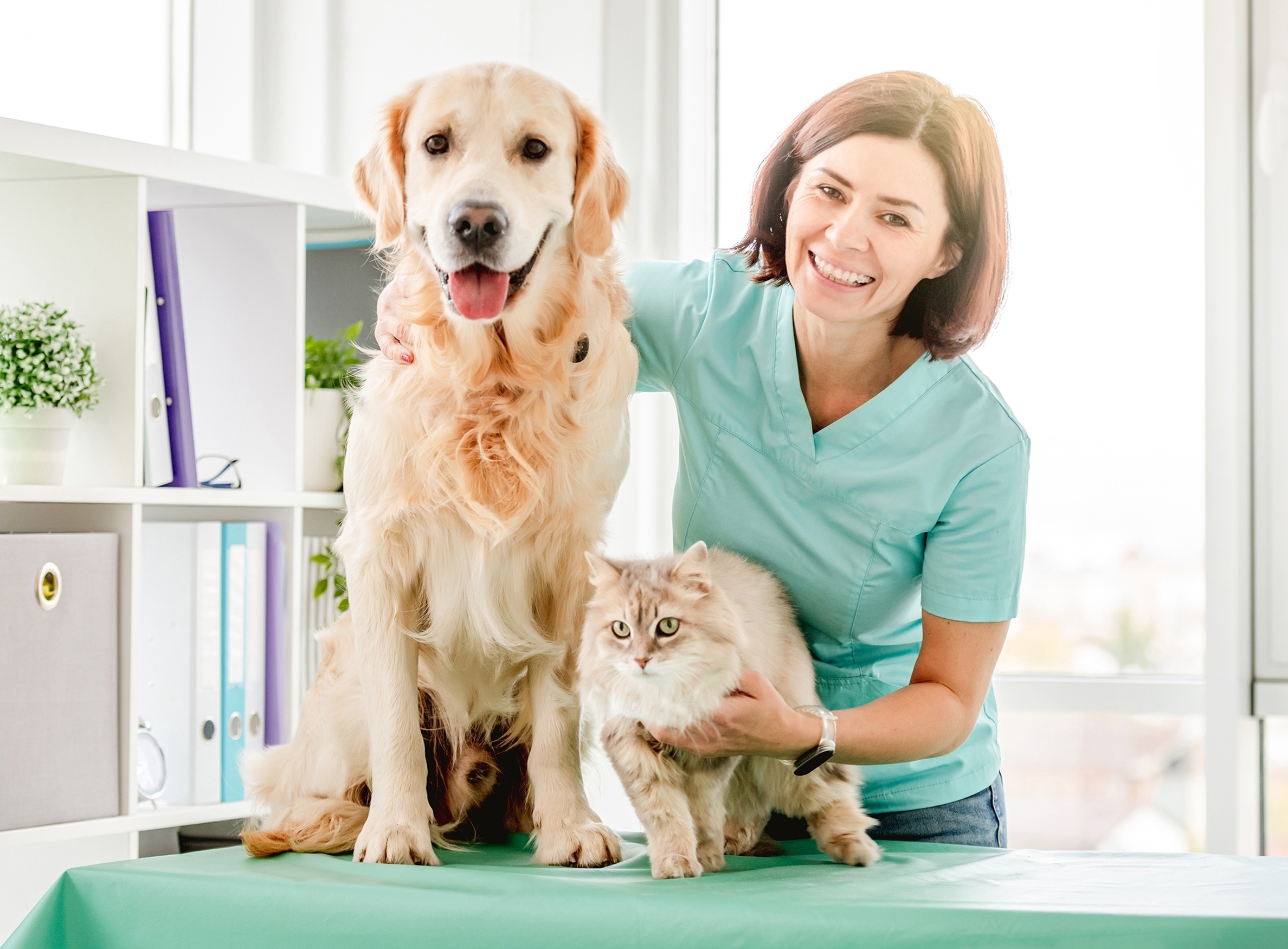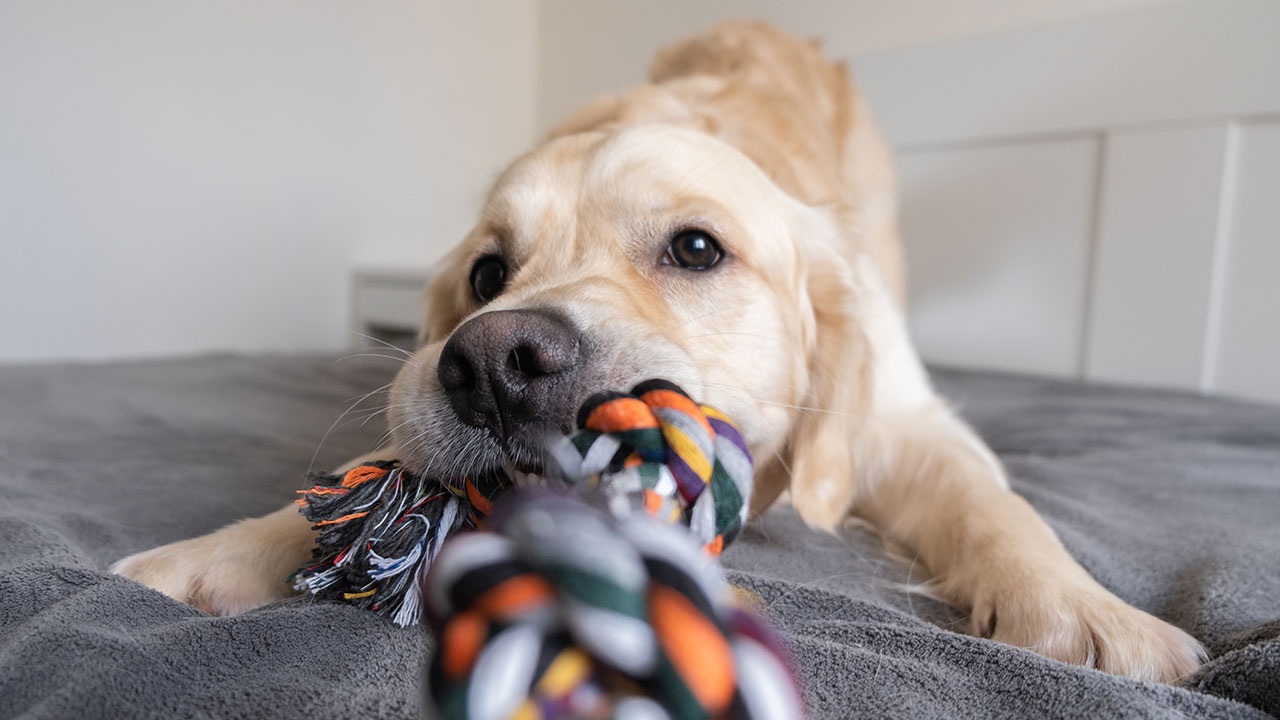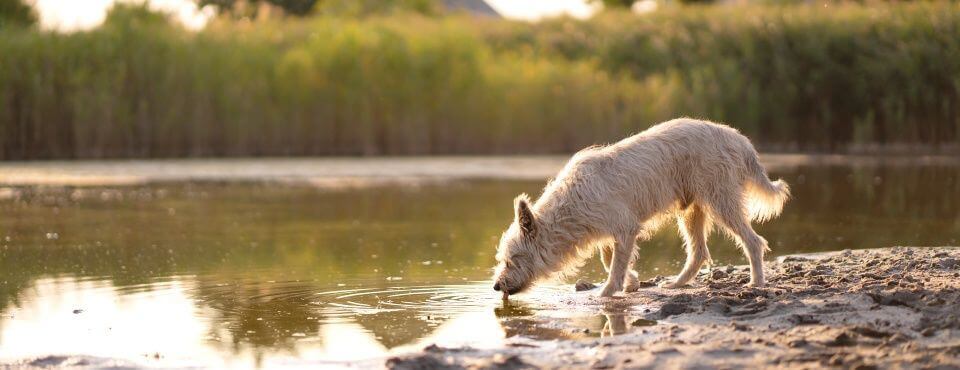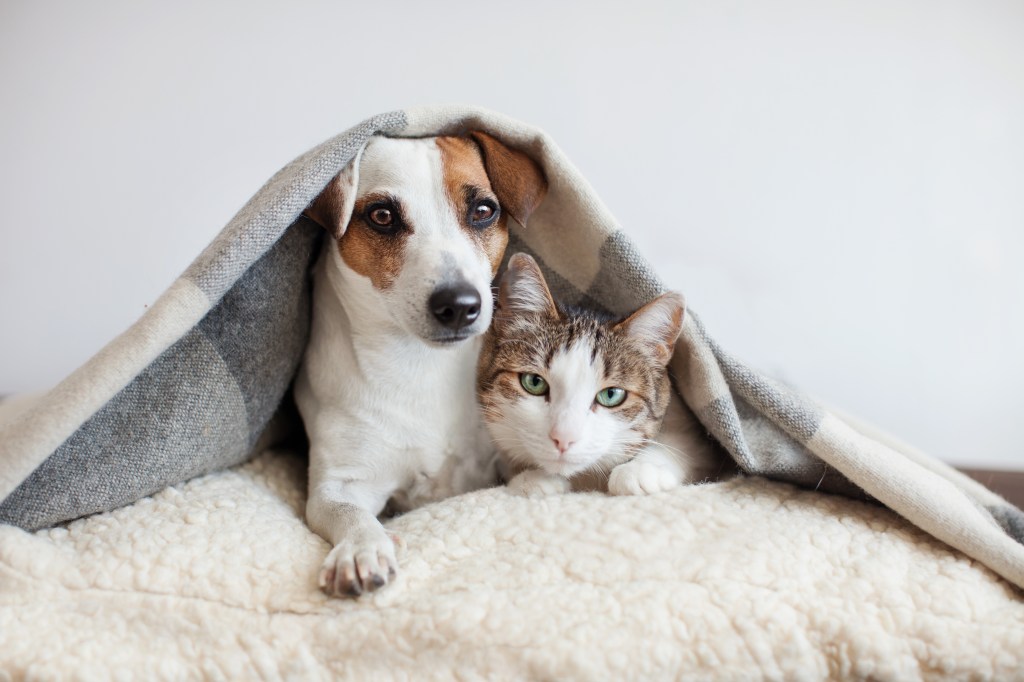Dog owners know that walking is good for our dogs. The exercise is good for them, as is the mental stimulation they get from being outside and smelling the neighbour’s mailbox, or that certain shrub they just can’t seem to stay away from. Of course, the exercise is also good for us, physically and mentally. In fact, a study by a researcher at the University of Liverpool found that a prime motivation for walking our dogs is that it makes us happy, and the reason for this is that we believe it makes our dogs happy.
BENEFITS OF REGULAR DOG WALKING
Many people assume that taking the dog out for a walk is only meant to give our furry friends the opportunity to stretch their legs if they spend most of their time in a small garden. While this is true, this is only one of the many benefits regular walking provides our four-legged friends.
Weight and Physical Health. Obesity can be a health issue for a lot of dogs but regular exercise, like walking, helps your furry friend maintain his physique.
Joint Health. Your pet can get stiff if she’s sedentary for too long and immobility opens up an array of other health problems for your pooch. Keeping your dog moving and those joints in motion will help improve her joint function.
Mental Health. Walking exercises the mind as well as the body. By giving your dog something constructive to do, like taking a walk, it may make her less prone to do something destructive, like chewing the couch. Walking also releases excess energy and helps dogs sleep better at night.
Bonding. Most important of all, the benefit to you and your dog when you take walks is the connection you continue to foster with your furry friend. Spending this time with your attention-seeking friend may also alleviate less desirable behaviours like excessive barking or whining.

WAYS YOU MIGHT BE JEOPARDISING YOUR DOG’S WALK (AND NOT EVEN KNOW IT!)
It seems simple enough, hook up the leash and off you go. But did you know that there are common mistakes you may be making that could be hindering your pooch’s enjoyment?
RUSHING BATHROOM STOPS
When your dog stops to go to the bathroom, it’s not just about relieving himself, it’s also the way he communicates with the world. Dogs use their urine to let other dogs know they were there and in turn, smelling the urine of another dog informs your furry friend about the other canines in the neighbourhood. In fact, your dog can tell the gender, age and health of another dog just by the smell of his or her urine.
When you’re walking your dog, he’ll want to sniff out all the spots where other dogs have urinated so he can leave his own mark. This is how he lets the other dogs know about him too. It’s good to keep this in mind when you’re walking and remember that where your pup chooses to go to the bathroom is actually an important decision.
PREVENTING SNIFFING
Dogs experience the world through their noses. Their sense of smell is at least 10,000 times greater than a human’s and the complexity of information they gather with their noses is virtually impossible for us to imagine.
Dragging your dog away from an interesting scent or asking her to heel for the entire walk prevents her from taking in everything around her and diminishes the mental stimulation a walk can provide.
There are, however, some dogs that seem to be ruled by their noses to the point of distraction. Proper training can help regain their focus when out on a walk. Consider teaching cues like “leave it” to take your dog’s mind off the smell and put her attention back on you. Reward bursts of heeling or walking with frequent sniffing sessions to encourage good walking behaviour.

LEASH PULLING
Your dog probably thinks you walk too slowly. He’s busy trying to follow an interesting scent trail as fast as he can and most likely, he’s dragging you behind. One of the most common responses we have when our dogs pull on the leash is to pull back. But this rarely gets your dog to slow down and instead, you end up in a tug-of-war. If you have a big and strong dog, chances are, you will lose that battle.
It’s important to recognise that your dog is not pulling on his leash to be stubborn. Dogs have an opposite reflex, meaning that if you pull on his leash, he will pull back. If you try to drag him in the opposite direction, he will dig in and stop walking entirely. This is simply the way your pup’s body responds naturally. All that pressure from pulling is hard on your dog’s throat, particularly for small dogs or those prone to collapsing trachea. It’s also pretty frustrating for your dog because it keeps him from exploring and he doesn’t know what you want him to do instead.
Teaching your dog to walk with a loose leash will eliminate the pressure on his throat and prevent you from triggering his opposition reflex. You know you have a loose leash when it hangs down in a “J” shape between you and your dog when you’re walking. Stop and change direction whenever your dog gets ahead of you and when he turns to catch up, reward him with praise or a small treat. Only let your dog walk when the leash is slack and if you have a determined puller, consider using a training or head harness when you walk.
DOG WALKING IS GOOD FOR HUMANS TOO
Recent studies have shown that adults who regularly walked their dogs were less likely to be obese than their non dog-owning neighbours. Additionally, physicians advise walking for at least 30 minutes a day to reduce the risk of coronary heart disease, osteoporosis, colon and breast cancer, and type-2 diabetes. Based on that, and how much your dog enjoys it, why not get outside more often with your four-legged friend to explore the neighbourhood?
Looking for a Veterinary Practitioner?
Your veterinary practitioner plays a big role in your pet’s health. Enter your location information and get a list of vets near you.
FIND A VETERINARY PRACTITIONER NEAR ME





 Go To United States
Go To United States Austria
Austria Belgium
Belgium Czech Republic
Czech Republic Denmark
Denmark Europe
Europe Finland
Finland France
France Germany
Germany Greece
Greece Hungary
Hungary Ireland
Ireland Israel
Israel Italy
Italy Netherlands
Netherlands Norway
Norway Poland
Poland Portugal
Portugal Romania
Romania Saudi Arabia
Saudi Arabia Slovakia
Slovakia Spain
Spain Sweden
Sweden Switzerland
Switzerland Turkey
Turkey United Kingdom
United Kingdom